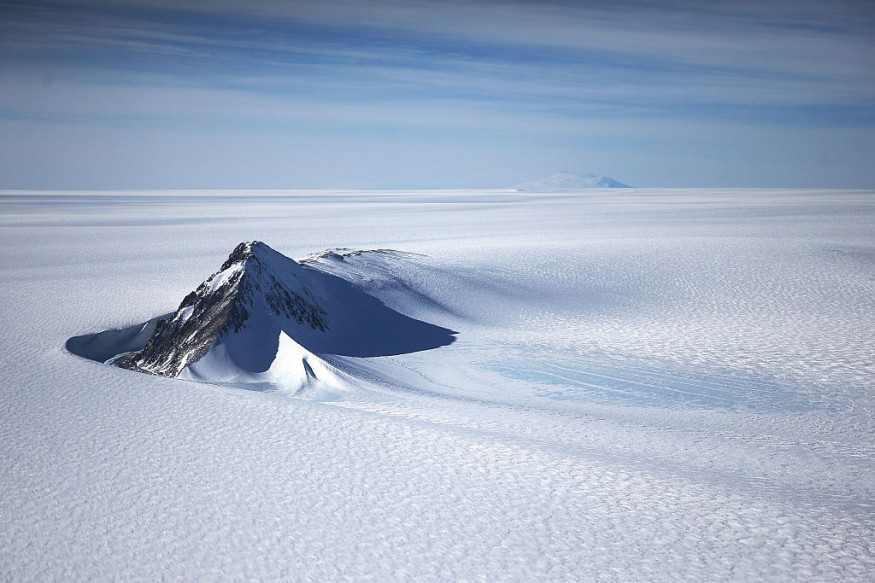A dormant volcano lying near the Antarctic ice sheet recently awakened and caused a record-breaking earthquake, shocking most parts of the southern continent. According to a new study, approximately 85,000 violent series of vibrations were recorded from the region.
The Antarctic Shook by Dormant Volcano

The beginning of the earthquake swarm was first detected in August 2020. After demonstrating its power, the volcano remained quiet in November. The sleeping volcano performed the most destructive shakes ever recorded in the region during this short period.
Experts found that the rumblings were likely induced by a hot 'finger' magma that pokes the crust in research on the phenomenon.
GFZ German Research Centre for Geosciences Potsdam's seismology expert and author of the study Simone Cesca explained in a LiveScience report that the activities demonstrated by the Antarctic volcano are commonly observed in other parts of the globe, but this event was the first time that the intensity was detected in the area.
Geological processes similar to what was recorded in Antarctica often occur throughout time scales, so the observation might be somewhat a bit of luck for the scientific community to witness the rare opportunity, Cesca continued.
The swarm was detected throughout the parts surrounding the Orca Seamount. This sleeping volcano has 9,950 feet or about 900 meters in height from the Bransfield Strait's seafloor. The region serves as a narrow passage between Antarctica's northwestern tip and the South Shetland Islands.
In a previous Polar Science study, titled "Lithospheric structure of an incipient rift basin: Results from receiver function analysis of Bransfield Strait, NW Antarctic Peninsula," experts observed that the Phoenix tectonic plate is submerging under the Antarctic plate.
Antarctic Rumblings Moved King George Island
This activity caused some fault zones in the region to open. In addition, there were rifts opened and parts of the crust that were stretched from their original placement.
The latest rumbling was first experienced by the researchers stationed on King George Island, which is among the groups located in South Shetland. The information was relayed to Cesca's team for further investigation into the cause and effects of the earthquakes.
The examination involved recorded data from two of the seismic stations in nearby places due to the remoteness of King George Island. The information from these ground stations was combined with the information numbers collected by two separate stations of the global navigation system, ScienceAlert reports.
The tiniest to largest quakes appeared from the records of the seismic stations. Smaller shakes are easy to detect, but bigger rumblings were analyzed through special devices for a more accurate reading.
From the series of Antarctic earthquakes, the largest activities were recorded in October and November, each having a magnitude of 5.9 and 6.0, respectively. These quakes were so powerful that they moved the ground of King George Island by 4.3 inches or about 11 centimeters.
The study was published in the journal Communications Earth and Environment, titled "Massive earthquake swarm driven by magmatic intrusion at the Bransfield Strait, Antarctica."
RELATED ARTICLE : 3.8-Billion-Year-Old Tiny Crystals of Zircon Found to Contain the Earliest Plate Tectonic on Earth
Check out more news and information on Geology in Science Times.
© 2025 ScienceTimes.com All rights reserved. Do not reproduce without permission. The window to the world of Science Times.











